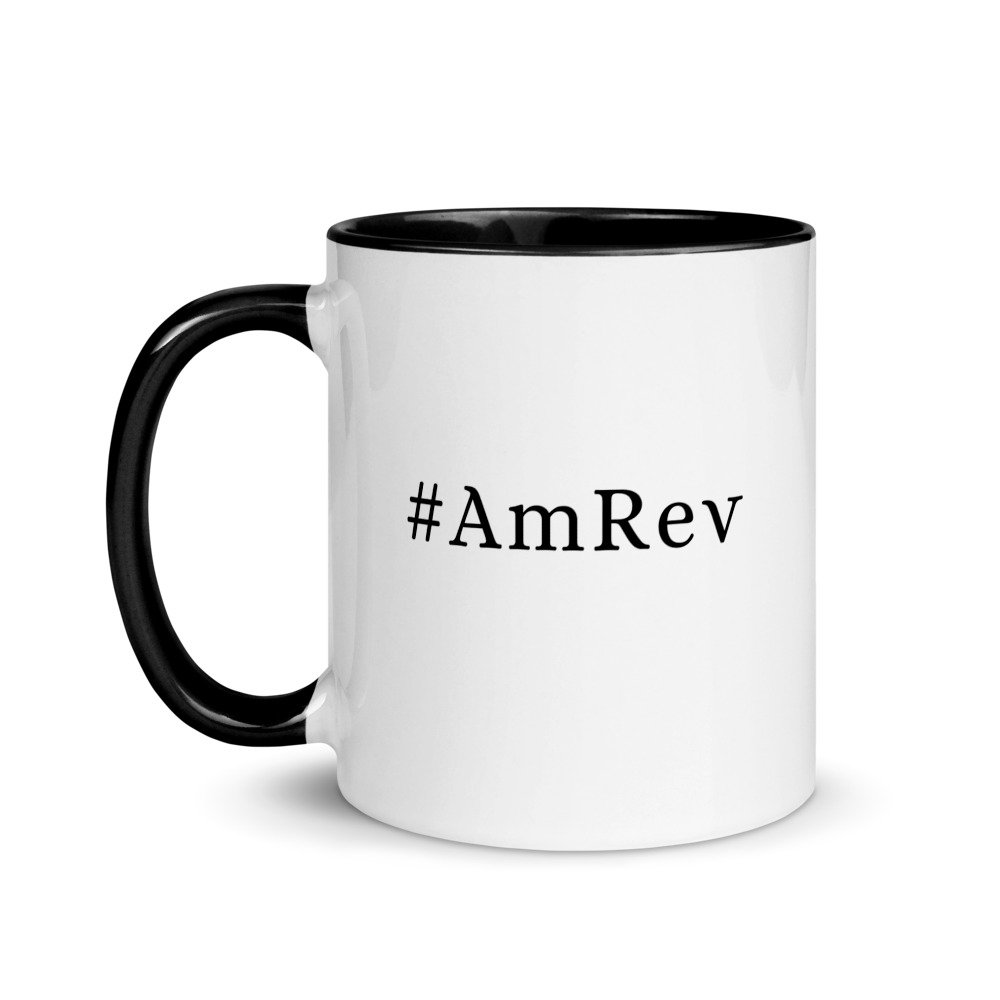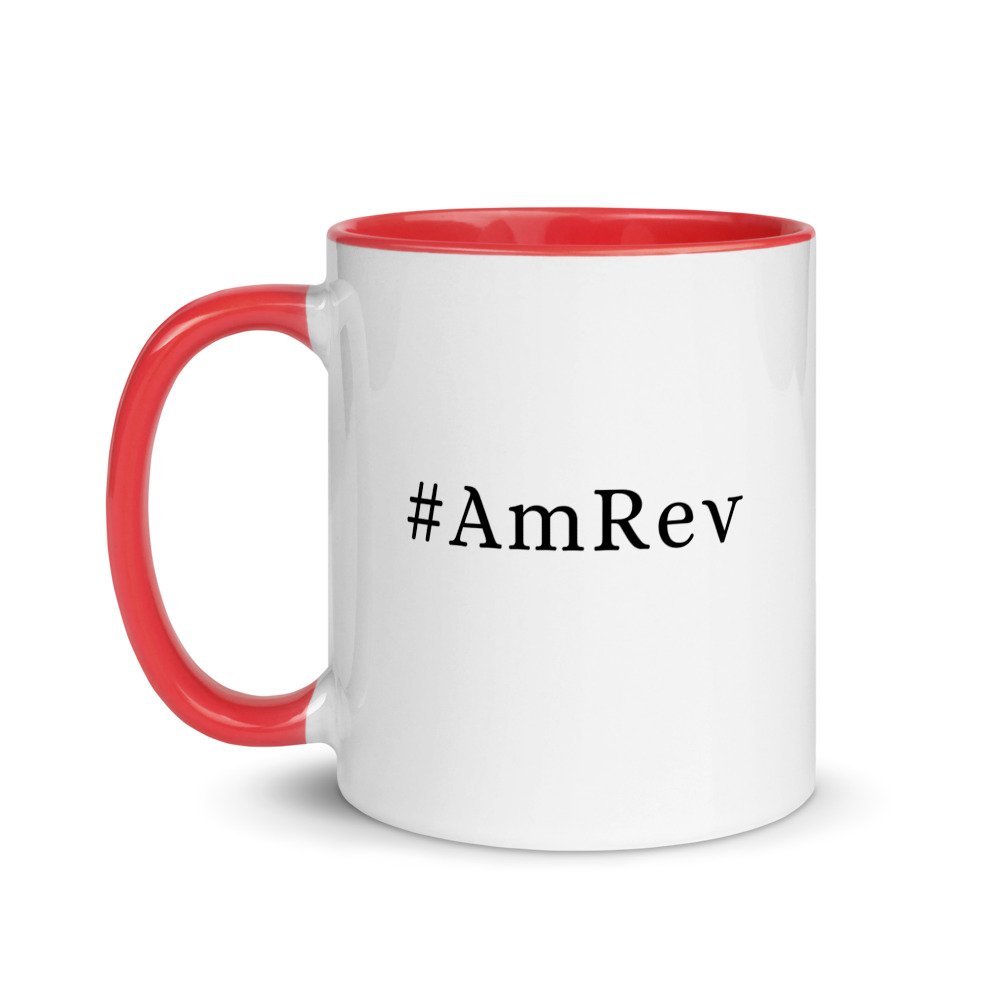William Washington's Quaker Gun
William Washington was a Cavalry Colonel during the American Revolution and a second cousin to General George.
Published 12/18/18 - Updated 11/12/21
William Washington
William Washington joined the Continental Army as a Captain when he was just 23 years old.
Washington believed in the American Cause, but it didn’t hurt that his second cousin, George, happened to be Commander-in-Chief.
William took on as his Lieutenant a boy of just 17. This young man’s name was James Monroe, and little did either of them know that 42 years later this soldier would be President of the United States.
These two led their men into action in many of the early battles of the New York/New Jerseys Campaign. They notably led a charge in the Battle of Trenton which was successful but left both severely wounded.
Southern Department
Washington’s efforts during the early days of the American Revolutionary War led to his constant promotion in rank.
By midway through the hostilities, William had been promoted to Colonel and given command of the 4th Continental Light Dragoons. The Dragoons, better known today as cavalry, were sent to join the Southern Department in resisting the British invasion.
Washington participated in almost every important battle in South Carolina during his time there.
Quaker Gun at Rugeley’s Mill
Washington became a favorite of Daniel Morgan, who gave him orders to carry out several raids on the British.
During one of these engagements, known as Rugeley’s Mill, William performed the first known use of a ‘Quaker’s Gun.’
A ‘Quaker’s Gun’ is just a log painted black to look like a cannon from a distance. After surrounding a British outfit in a barn, Washington displayed his ‘weapon’ and insisted he would begin firing if the British did not submit.
William’s ploy worked, and the enemy was captured without firing a single shot.
Although the chances of this being the first time a ‘Quaker Gun’ was ever used in warfare is slim, it was extremely uncommon during the Revolutionary War. However, the stories of Washington’s victory endured and ‘Quaker Guns’ became a popular tool during the Civil War.
Hand to Hand with Tarleton
William Washington participated in the Battle of Cowpens, during which famed British Officer Banastre Tarleton began to flee.
Giving chase, William caught Tarleton and the two engaged in hand to hand combat. He wounded Tarleton with his sword, but also was grazed by a bullet on his leg. Washington followed his opponent for several miles but eventually lost him.
Due to his efforts, William was awarded a silver metal by the Continental Congress.
Eutaw Springs
Washington’s last fight took place in the Battle of Eutaw Springs.
He was engaged with an opponent in a thick bush when his horse was shot out from under him. William became caught under the body of his steed and the enemy approached him with their bayonets.
Although he was stabbed, Washington survived and was taken prisoner.
Fortunately, the Victory at Yorktown was just a month later and Washington was released.
Afterwards
After the war, Washington took up residence in South Carolina (he was originally a Virginian) and served in the State Assembly several times.
When George Washington was asked by President John Adams to command the United States Army during the Quasi-War with France, William served on his staff. He was charged with overseeing the defense of the South.
After retirement, William Washington was suggested as a candidate for Governor of South Carolina. He refused, believing that a Governor should be born in the State he was Executive of.
To learn more about Revolutionaries on horseback, check out our articles on Theodorick Bland and ‘Light Horse’ Harry Lee.
If you’d like to learn more about William Washington, you might want to pick up ‘Cavalryman of the Revolution’ from the affiliate link below.
Also, if you are new here, subscribe to our email list for a new Founder every day.









